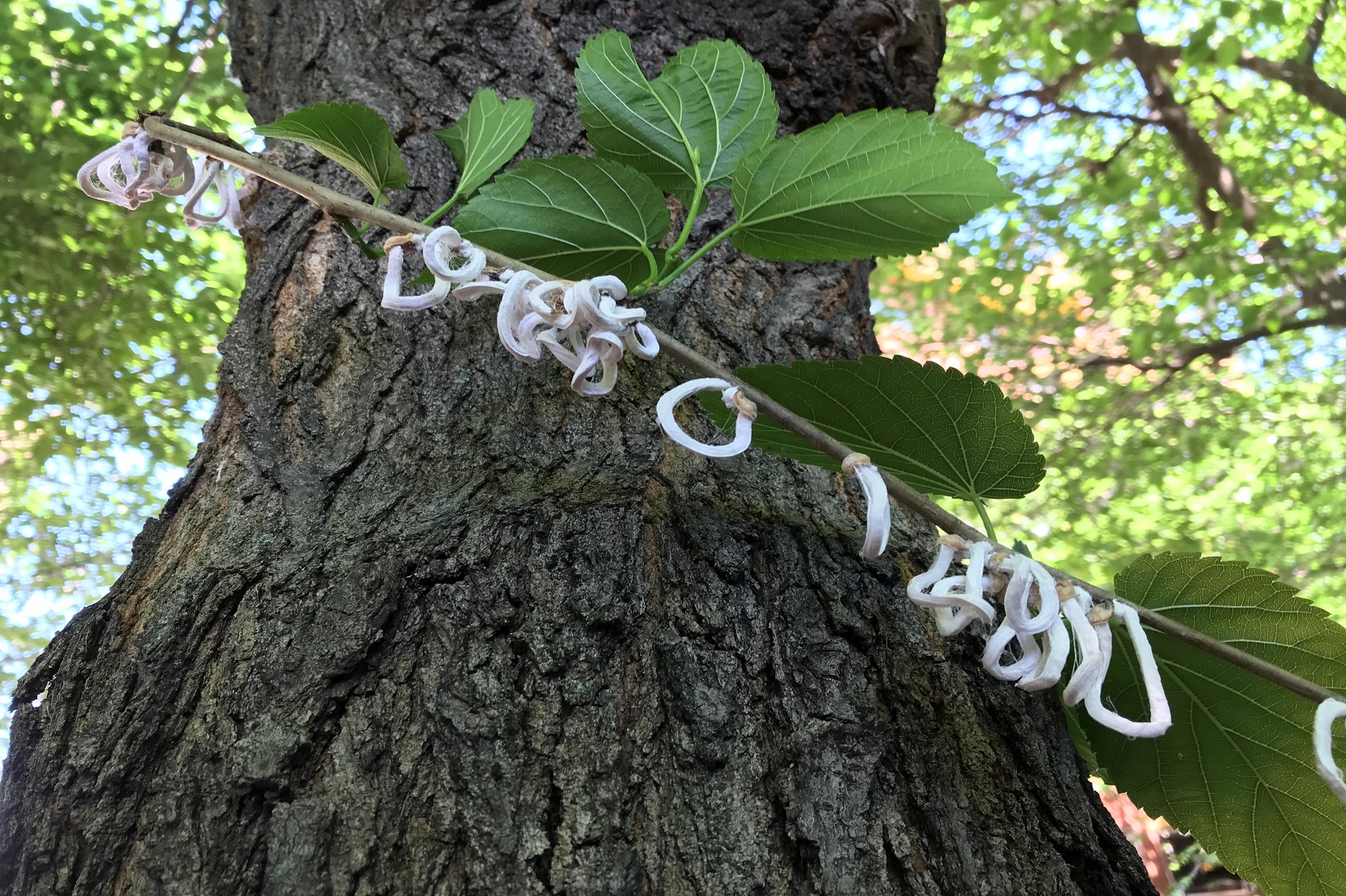Takahashia Japonica, the « lady of the rings » returns. All about the parasite that infested northern Italy

The larvae’s ovizaches resemble totans hanging from the branches. When the insects come out they attack the leaves of all the main plants. There is currently no solution
With the exploding of spring she also returned, the « lady of the rings »: the Takahashia japonicaor the Cocciniglia with cotton filamentswhich is increasingly infesting the plants of many areas of northern Italy, in particular of Lombardy. It is a parasite that deposits its own trees ovisacchiwhich are then those similar-likes that are seen hanging on the branches and that contain the larvae of the insect that will develop. Which, once freed, will attack the leaves of the guest plant or other essences.
The bad news is that at the moment There is no adequate and codified treatment To fight it. There are no specific phytopharmacies or in any case effective and also the idea of contrasting it with the use of ladybugsaction experienced by different municipal administrations, does not convince the experts that in order to be able to eradicate it, they would need so many as to risk altering the natural balance in other way. The mere possibility of containing its diffusion at the moment seems to be the removal of the attached branchesbut even this operation is not free of dangers. The transport of scamaglie to landfills could in fact contribute to spreading it further even in areas that are currently not affected.
We talked about bad news, but there is also a good one: the authorities guarantee that There are no dangers for people and animals. Even if you also have to walk with your dog on sidewalks on which rain or wind may have dropped some ovisacco, even in the event of contact there will be no problems for the four -legged and not even for the family (or other pets) due to any fragments brought involuntarily at home through the sole of the shoes.
The question However, it arouses a certain concern in local administrators, also because the population is particularly impressed by these strange white garlands who do not appear very reassuring. Many exchange them for worms (but as we said, they are actually containers with an almost rubbery consistency) and they do not know how to behave if they find them in the garden plants or even on those cultivated in pots on balconies or terraces. The reports to the local police commands multiply, such as alarms on the social pages of the various municipalities. But mayors and technicians do not currently have great answers to give.
The most affected plants, as confirmed by the Phytosanitary service of the Lombardy Regionare themaplethealbiziatheJudas treeThe white carpinThe black and white mulberrytheelm and the liquidambarthe latter is widespread in the gardens and along the tree -lined avenues, often confused with the maple for the similarity of the leaves.
Takahashia is a « guest » who only recently arrived in our country. Originally from the Far East – not only Japan, as the name suggests, but also South Korea and China – and the Indian subcontinent, arrived in Italy only in 2017. The first sighting recorded was in a municipal park of Cerro Maggiorebetween the province of Milan and that of Varese. Today it is also very present in Como and in the province of Monza and Brianza. Unfortunately, its diffusion is also linked to the ease of transmission that takes place on short distances by contact or simple movement, enough to say some strong wind, while on the longer distances the cause is already mentioned of the transport of ramaglie to landfills. Moreover, there are no precise protocols on how to behave.
At the moment, the authorities also have great tools to appeal to. The Lombardy Region is proceeding with the mapping of the reports through the app Phytodetective While waiting for effective and certified action plans to be identified. In the meantime, however, the guidelines To try to contain the diffusion. Starting from « targeted » removal of infested branches that should take place before the hatching of the ovisacchi, which usually occurs between the end of May and the first weeks of June. But this action is possible only if the spread of the rings is limited: if they were present on many branches it would be not recommended to intervene massively on everyone, because the consequences of one excessive pruning They could be worse than the damage possibly caused by insects.
Needless to think of using chemicals on ovisacchi: any interventions should be provided directly on the youth forms of insects. There are still no sufficient data and less than validations, but it seems that benefits can be obtained with mineral oils, Orange essential oils or of neem aimed at hitting the neanids, Potassium salts that act on the cell membranes of insects, microbiological preparations. But, in fact, there are still no certified protocols and therefore everything happens in a somewhat experienced way.
As for antagonistic insects, as mentioned, a certain effectiveness was found in the use of Bipunctive adalia ladybird But this use is endorsed with caution for the possible repercussions on the local biodiversity of a massive increase of these nice and useful insects, which are also said to be lucky but in uncontrolled numbers could in turn be responsible for some form of imbalance that could be harmful.







